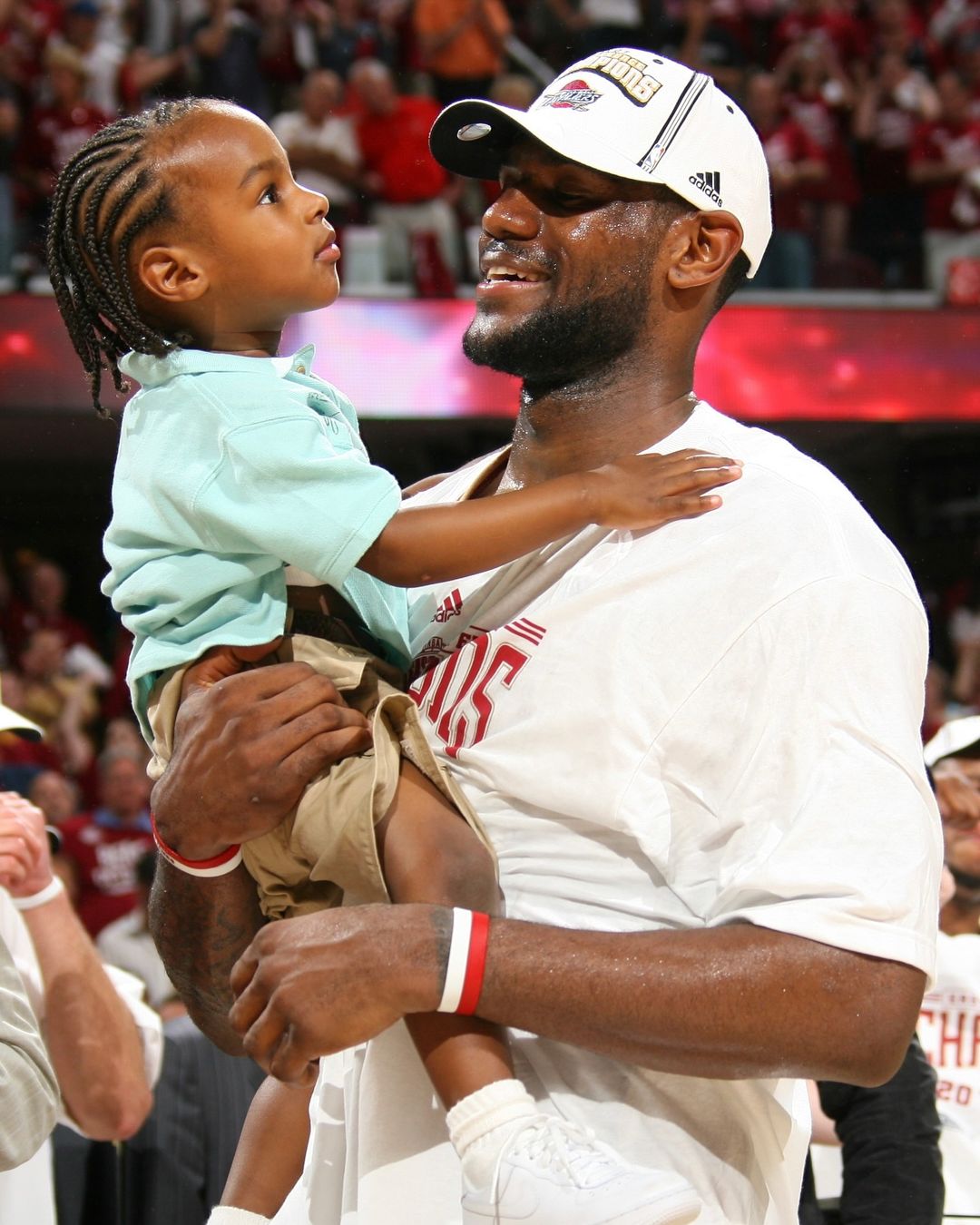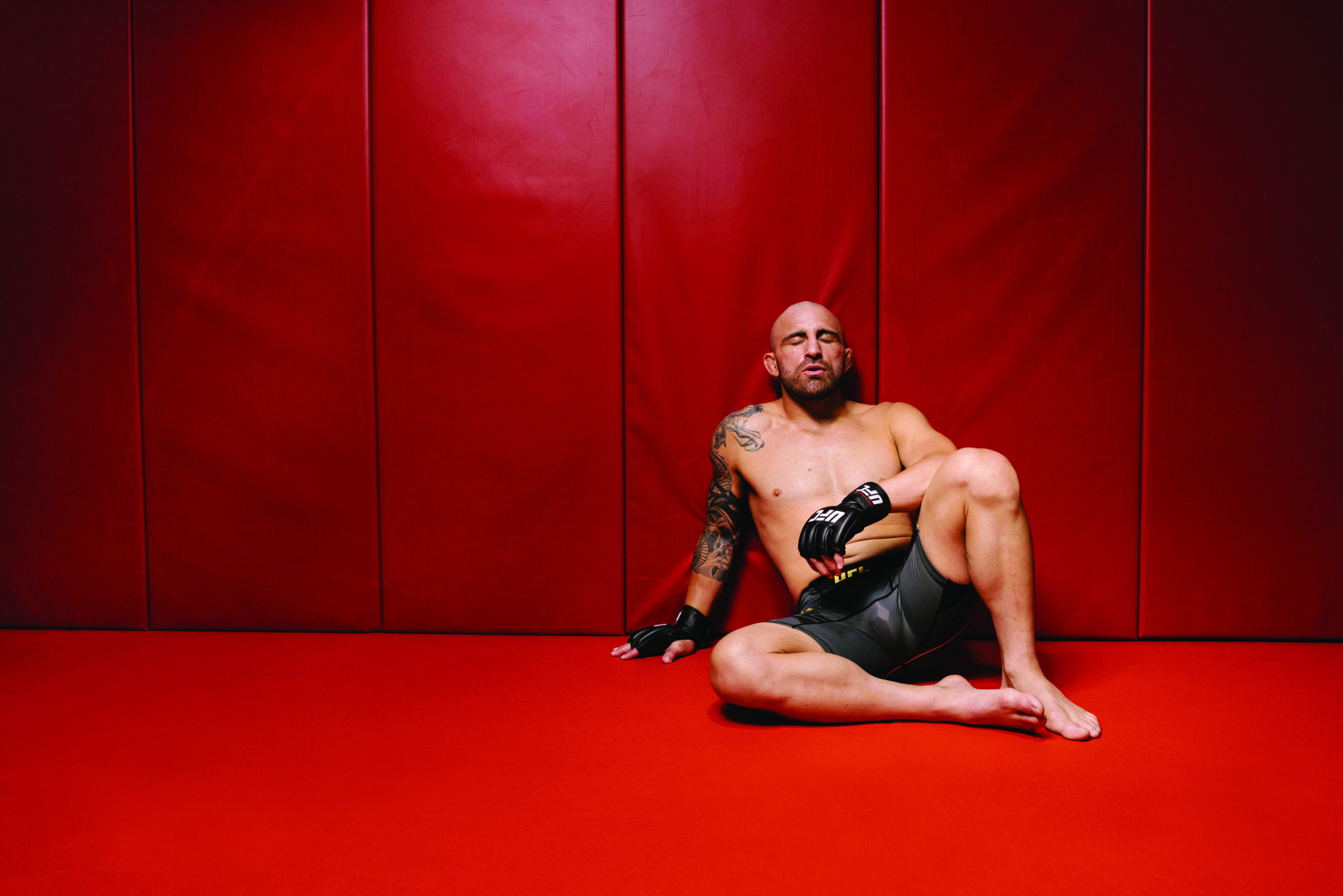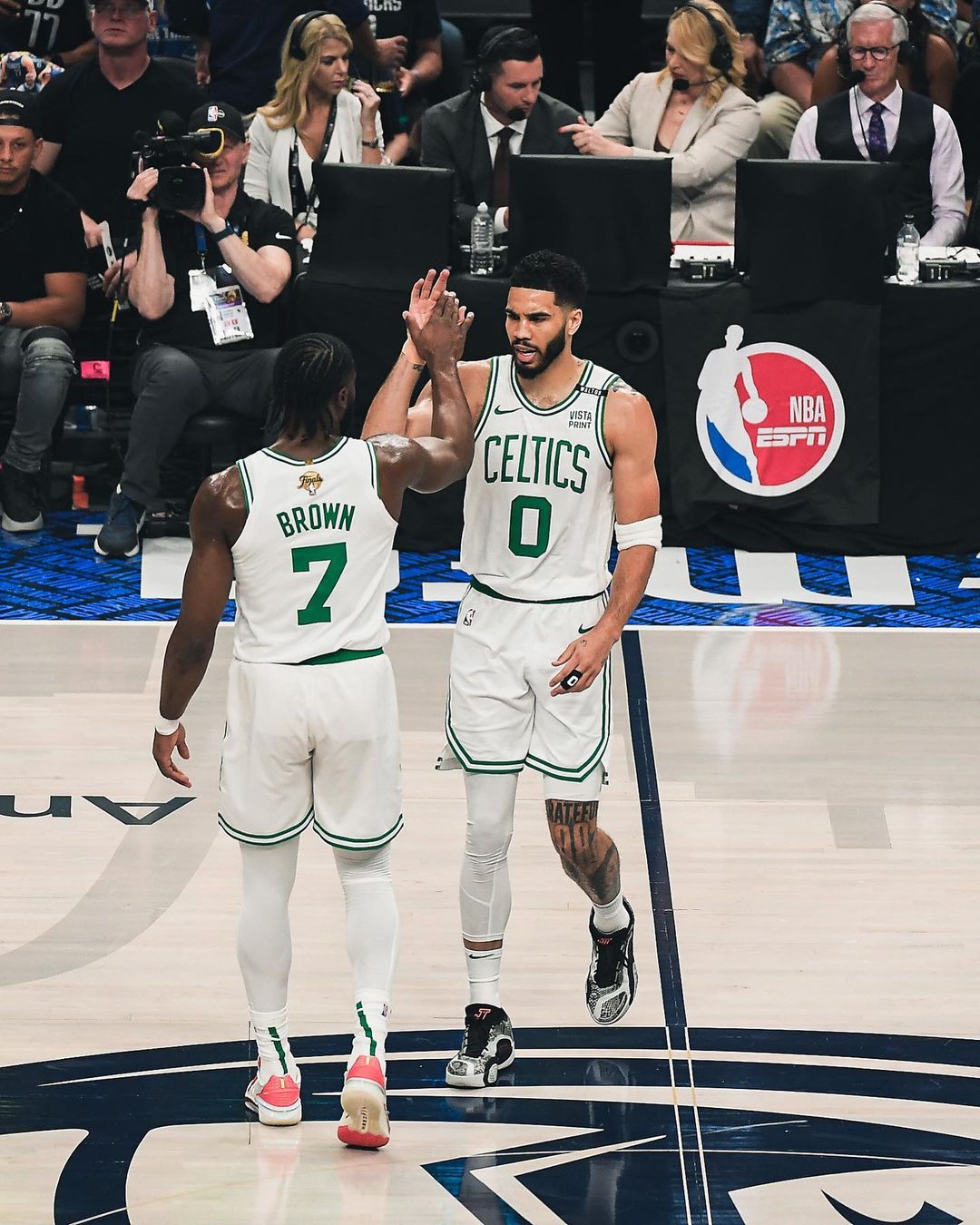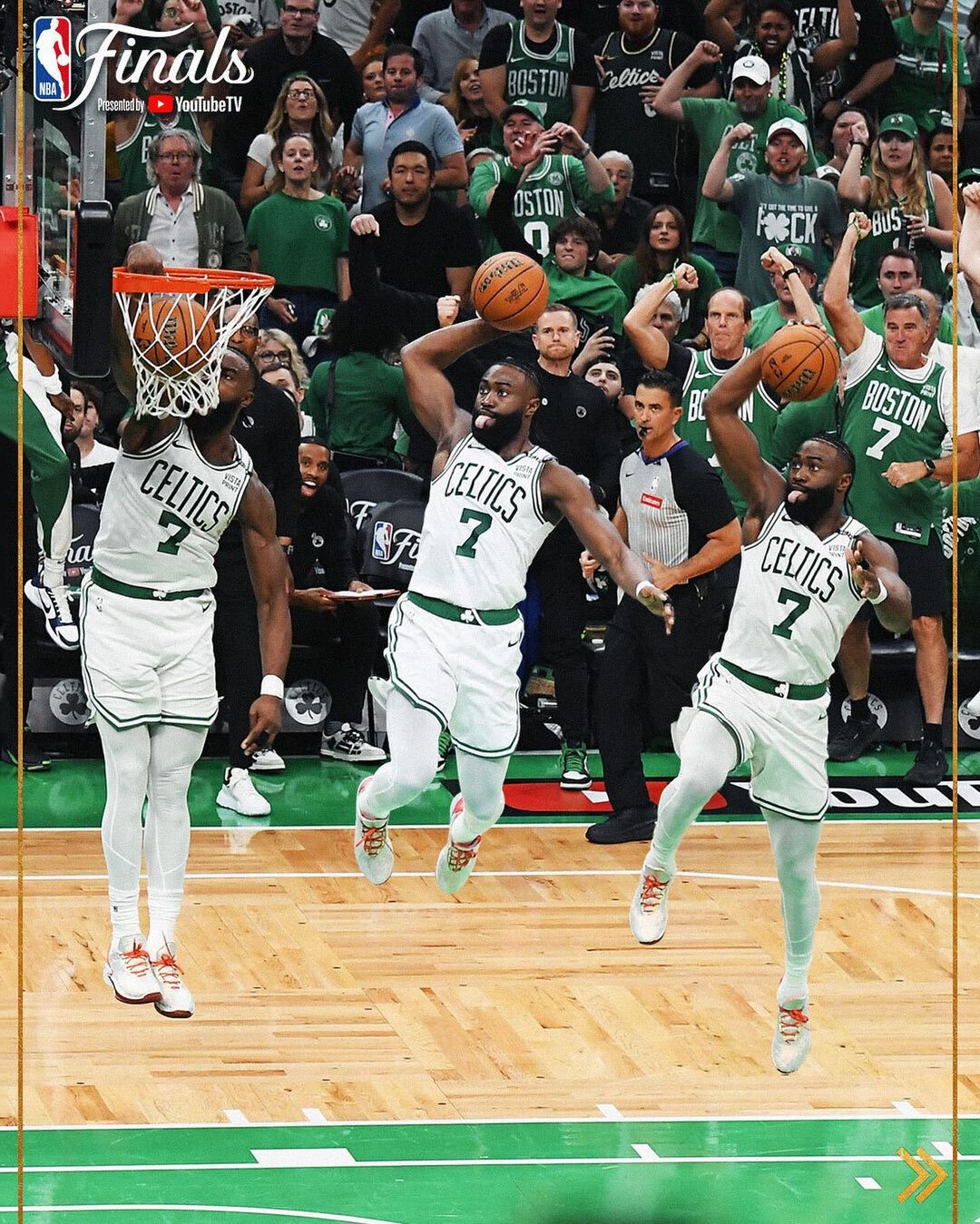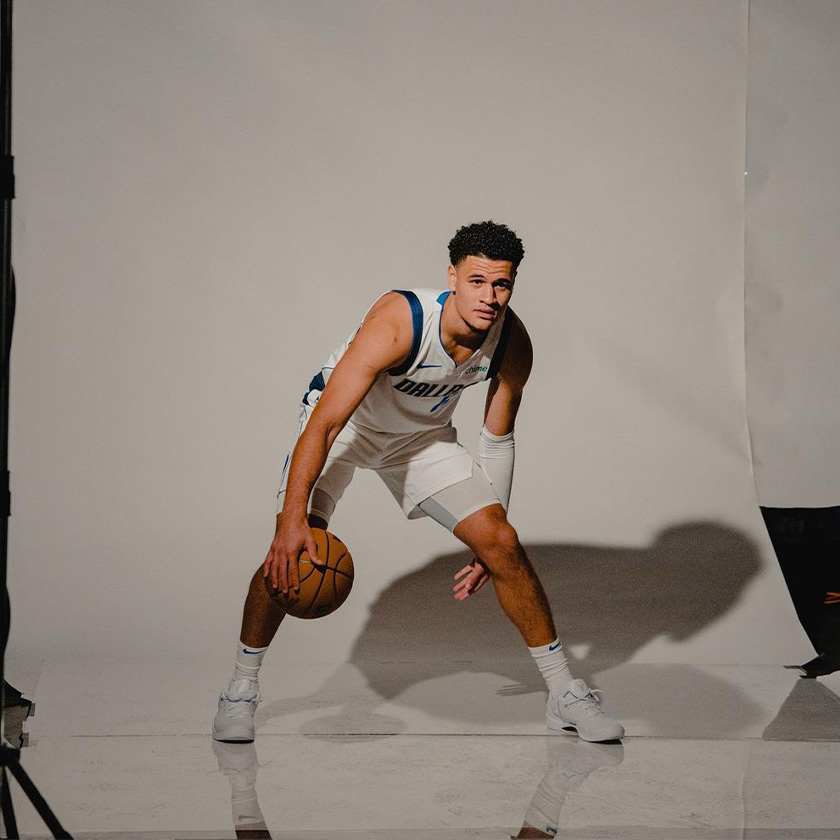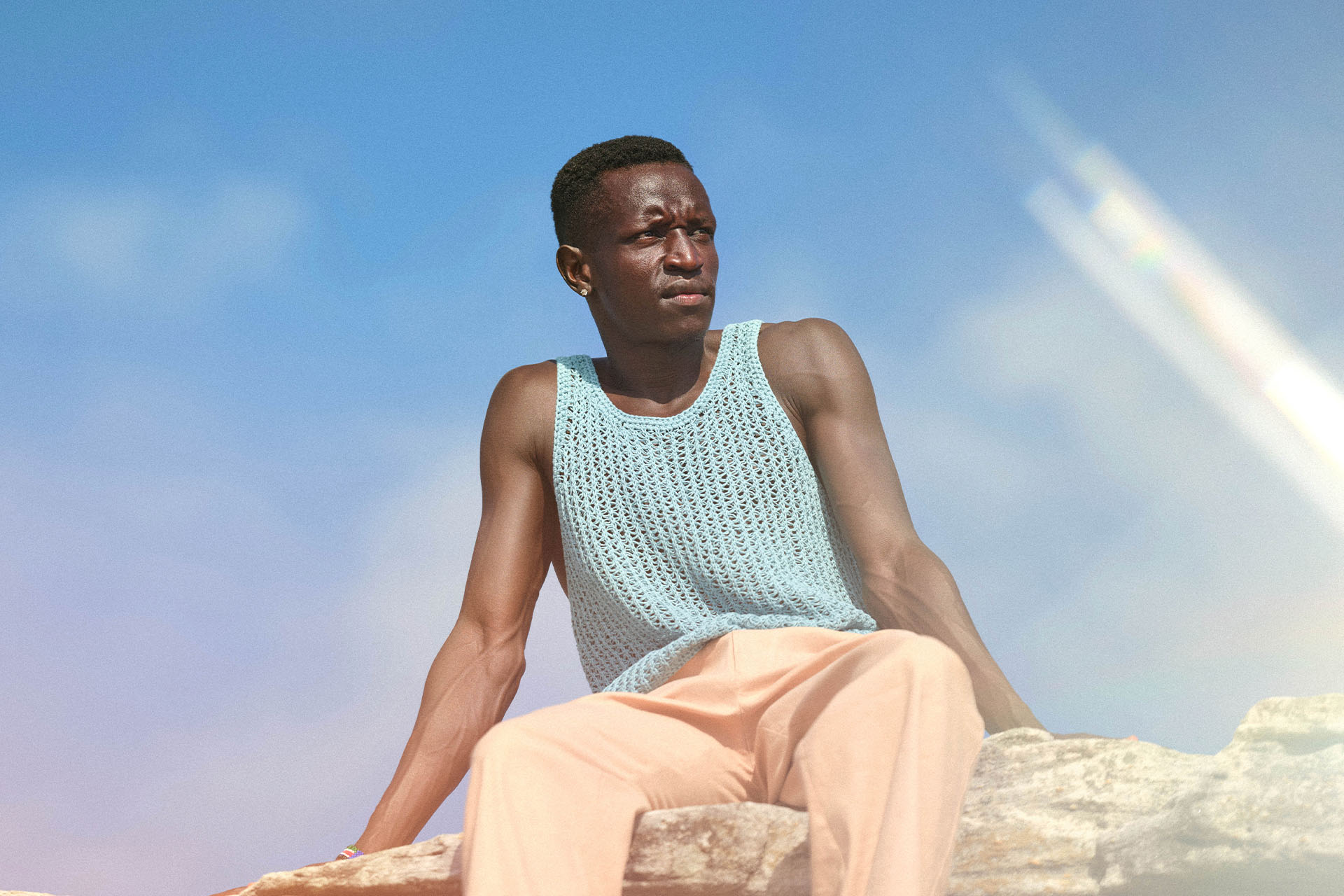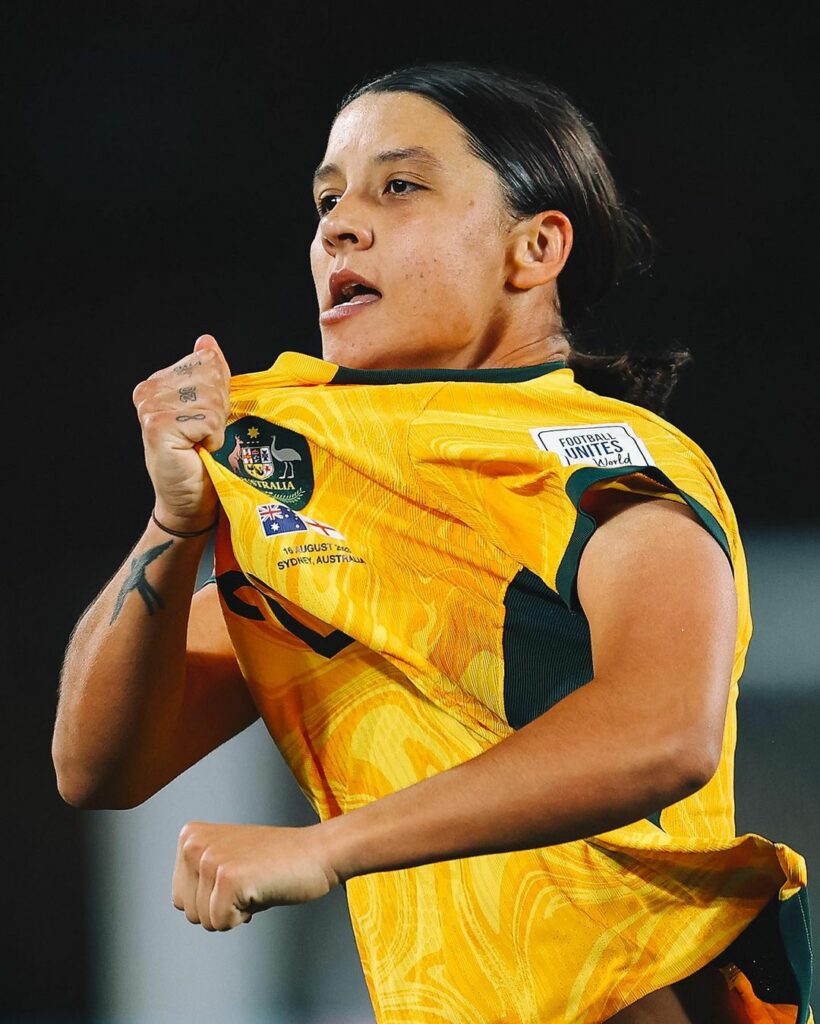
WHEN SAM KERR’S moment came, she met it. On the biggest stage, under the brightest lights ever shone on women’s football in this country, Kerr’s electrifying second-half goal gave Australia hope. Of course, they would ultimately lose 3-1 to a disciplined, well-drilled England side, but hope is what dreams are made of.
Kerr’s goal was the kind that felt predestined. The talismanic skipper’s problematic calf had kept her out of the early rounds before she made her debut in the second half of the quarter final against Denmark, where she showed glimpses of her class.
But last night, when Kerr received the ball from Katrina Gorry in the 63rd minute and exploded into space to leave England’s defenders in her wake, there was a collective feeling that something momentous was about to happen. As she approached the box, Kerr gathered herself before letting fly from 25 metres out. Her strike found the left corner, and, for a brief moment, the nation was one.
For the next eight minutes it was game on. The Matildas had their chances. Kerr missed a volley in the goal face, a header sailed over the crossbar. Cortnee Vine’s howitzer of a strike was somehow stopped by England keeper, Mary Earps, who, it must said, had a stellar night. A defensive lapse by Ellie Carpenter would cost Australia dearly, Lauren Hemp putting England up 2-1 not long after Kerr’s missed header. A late strike in the dying minutes from Alessia Russo sealed the result.
A disappointed Kerr told reporters after the game that her goal, “doesn’t really matter right now”. She’s right, amid the agony of defeat, it probably doesn’t. But in the longer term it could be a watershed. You’ll remember where you were when you saw it and, in its sheer, breathtaking skill, showed not only the appeal and possibilities of the women’s game, but football full stop. It was the climax of a month-long fever dream.
The question now, of course, is what’s next? In the immediate future, the Matildas have to reboot, as it were, for a third-place playoff against Sweden on Saturday afternoon. These games are usually meaningless but you would expect this one to have a bit more interest and bite. A win would be great. A loss, well, we’ll revert to regarding it as meaningless.
After that, this remarkable tournament will be over and that’s when we all have to really wake up. For Kerr’s goal and the Matildas’ wonderful month-long journey to really mean something is going to require work. Public holidays and parades through the cities have their place—teams that win the hearts of their supporters deserve to be celebrated. But what the women’s game urgently needs is funding, something Kerr emphasised after the game.
“I can only speak for the Matildas [but], you know, we need funding in our development, we need funding in our grassroots. We need funding, you know, we need funding everywhere,” Kerr said.
“You know, comparison to other sports isn’t really good enough and hopefully this tournament kind of changes that because that’s the legacy you leave, not what you do on the pitch. The legacy is what you do off the pitch. Hopefully. I mean, it’s hard to talk about now, but hopefully that this is the start of something new.”
‘Hopefully’, is the critical word right now. Hopefully players will soon be paid what their worth—you would expect the price tag for the TV rights for the next World Cup to skyrocket from the bargain basement $5 million the Seven Network paid here, which should help.
According to various marketing gurus, the Matildas are now the most powerful sporting brand in Australia. Beyond Kerr (and her calf), Caitlin Foord, Hayley Raso, Mackenzie Arnold and Mary Fowler are now all household names. But let’s not forget that outside of World Cups, these are players that sometimes perform in front of a few hundred spectators. Ones who not so long ago, supported their careers with second jobs.
The Matildas will, hopefully, be able to use this tournament to move from fairytale to financially lucrative brand. But while it’s up to administrators to capitalise on the legacy the team has left, it’s up to the rest of us to make women’s football and women’s sport, something that resonates beyond World Cups and Olympic tournaments. To do that we’ll have to do something pretty astonishing: Move past patriotism’s fierce embrace and find the passion, skill, drama and narratives that reside in the game at club level.
That won’t be easy, just ask the Socceroos. After their round-of-16 run in 2006, many said the “sleeping giant of Australian sport” had been awakened. In the years since you would have to say that while the A-League is a viable entity with committed fanbases, that giant is not exactly bright-eyed and bushy-tailed, fresh from a morning coffee.
For women’s football, the future, at least at the national level, does look better than it ever has. So many of those who’ve enjoyed watching the team over the last month are kids. Their minds have been imprinted. Little girls will grow up believing they can play football for Australia. They will believe they can be stars who shine under the brightest lights, on the biggest stage. The Matildas have given them a dream.
The challenge now is for the casuals and bandwagon brigade, which is probably most of us, to help make that dream into something real and enduring. Kerr nailed it in her post-match comments: “If you bring the product to Australia, we’ll go out there and support it,” she said, before adding the kicker: “And hopefully, we’ve got a few more fans that will stick around.”
That word again: Hopefully.
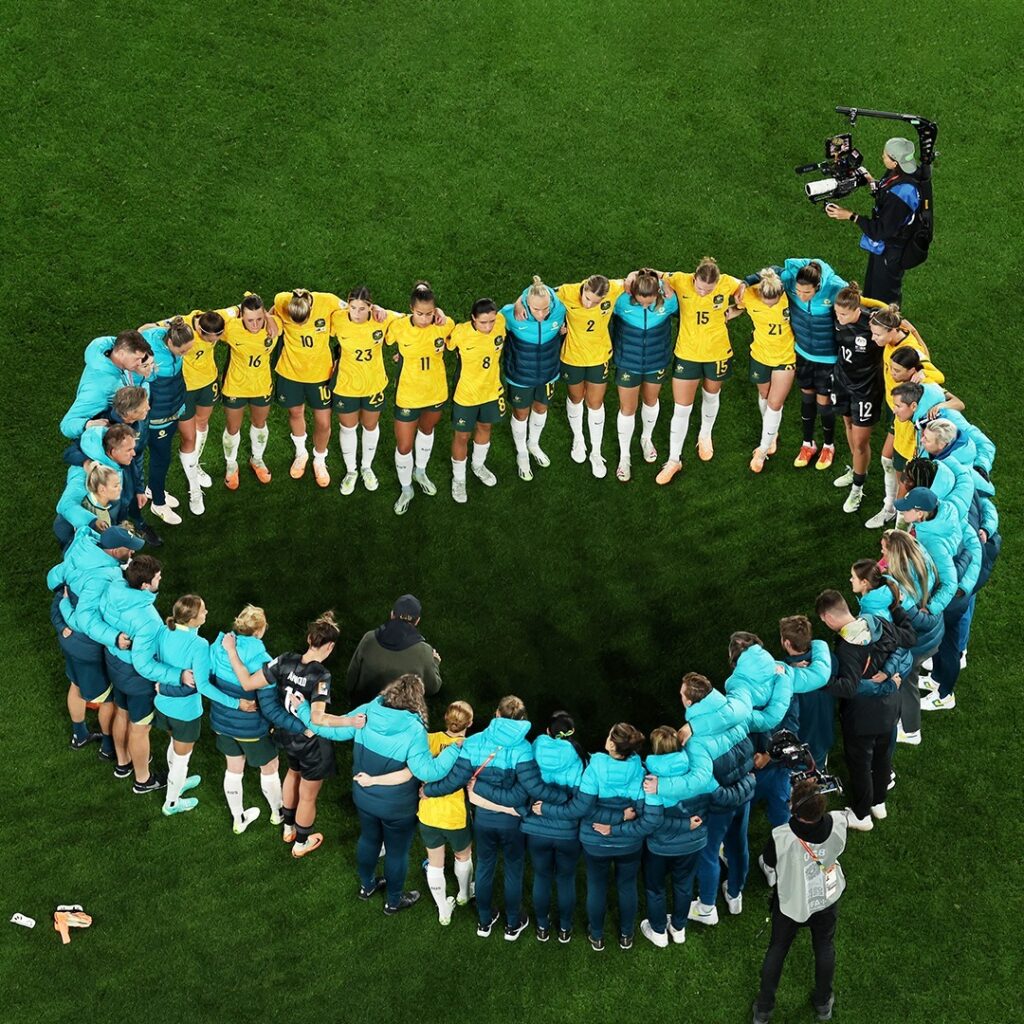
Related:
Will Sam Kerr meet her moment?
Everything you need to know about the 2023 FIFA Women’s World Cup









